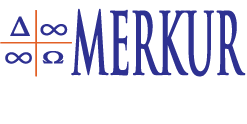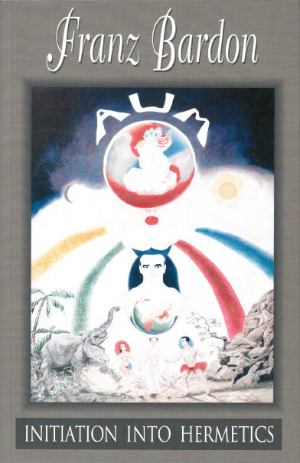 |
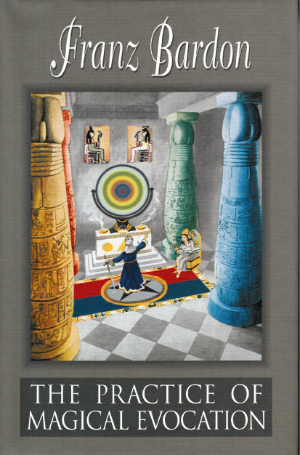 |
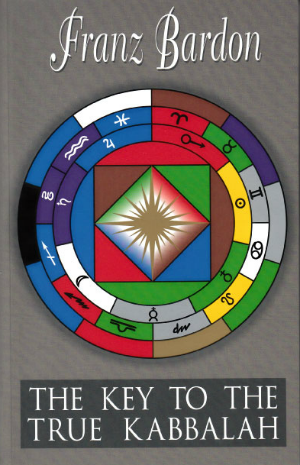 |
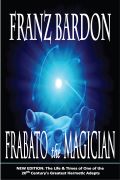 |
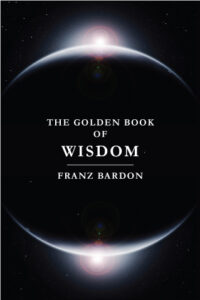 |
For thousands of years, Franz Bardon taught the Holy Mysteries (the Egyptian Mysteries) to only a few mature students who were striving for spiritual growth. Franz Bardon’s spiritual greatness is timeless. Those who are seriously and practically (or theoretically) engaged in the Universal Hermetic Sciences by Franz Bardon will appreciate Bardon’s vast and boundless spiritual knowledge after reading Bardon’s first book, Initiation into Hermetics, the first and most important of Franz Bardon’s books on Hermetics. As depicted in the introductory novel, Frabato the Magician, in the 1930s Divine Providence commissioned Franz Bardon to reveal the Holy Mysteries to the world at large. The Mysteries were revealed at that point in time because of the moral and spiritual decline of mankind, which, after entering the spirit world after their physical death, complained that they had no access to the true path of spiritual development. Only a highly evolved adept could have undertaken such a monumental task as to deliver the Holy Mysteries on a golden platter to aspiring seekers. The seals have all been broken — there are no more [spiritual] secrets! Franz Bardon’s experiences in his many spiritual lives (Hermes Trismegistos, Lao-tse, Nostradamus, Robert Fludd, and the Comte de Saint-Germain) led the Divine Powers to choose Franz Bardon to fulfill this sacred task. The information in the Franz Bardon books on Hermetic Magic cannot be found in a thousand other volumes, and the universal principles in Initiation into Hermetics is a lifetime’s worth of study and practice. The Franz Bardon books on the Hermetic Sciences is the source of all knowledge and true spiritual growth for spirit, soul, and body. Franz Bardon’s books on Hermetic Magic (Initiation into Hermetics, The Practice of Magical Evocation, The Key to the True Kabbalah, and The Golden Book of Wisdom) represent four of the seventy-two tarot cards revealed, books of Universal Wisdom. The Franz Bardon books on Hermetics contain the highest knowledge for spiritual growth of mind, body, and spirit and rank far above the parables. Therefore, it stands to reason that the Franz Bardon books on the Hermetic Sciences require a thorough theoretical and practical understanding.
